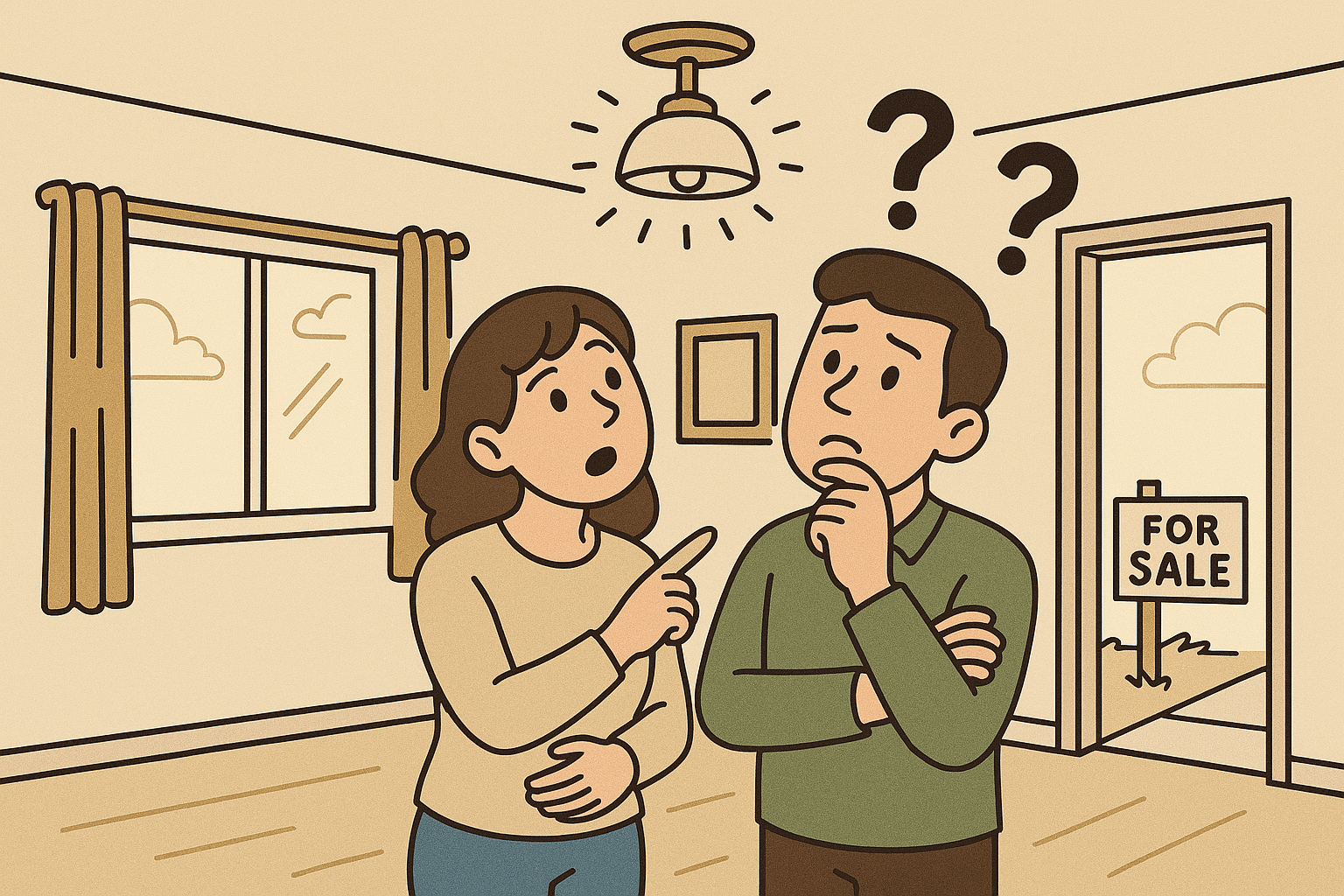At Lacey Solicitors in Belfast, one of the most common questions we hear is:
“I left a noisy job years ago but I’m only now noticing hearing problems. Can I still make a claim?”
The answer is usually yes. In Northern Ireland, you may still be eligible to claim compensation for noise-induced hearing loss (NIHL) years—even decades—after you worked in a loud environment.
Understanding Noise-Induced Hearing Loss Claims
Noise-induced hearing loss, often called industrial deafness, is caused by long-term exposure to excessive noise in the workplace. Many of our clients worked for years in shipyards, power stations, or manufacturing plants, only to discover much later in life that their hearing had been permanently damaged.
Hearing loss from noisy jobs does not always appear immediately. It can take years for symptoms to become noticeable, such as:
- Struggling to hear conversations in noisy places
- Frequently turning up the TV or radio
- Ringing or buzzing in the ears (tinnitus)
Time Limits for Hearing Loss Claims in Northern Ireland
In most personal injury cases, there is a three-year time limit to bring a claim. But with hearing loss, this three-year period usually starts from the date you first became aware of your hearing problems or when you received a diagnosis, not the date of exposure itself.
This means that even if you worked in noisy jobs 20, 30 or even 40 years ago, you may still be entitled to compensation today.
Who Can Be Held Responsible for NIHL?
Employers in Northern Ireland have a duty to protect their workers from harmful levels of noise. Sadly, many failed to provide proper ear protection or to reduce noise levels in the workplace.
At Lacey Solicitors, we have a strong track record of holding some of Northern Ireland’s largest employers accountable. We have successfully secured compensation for our clients against many employers, including:
- Harland & Wolff PLC
- Short Brothers PLC
- Dufferin Boiler Descaling and Cleaning Co Ltd
- Bombardier Aerospace Limited
- Howden Power UK Limited
- GEA Exchanges
- Lime-Sand Mortar (Southern) Limited
- Hughes Tool Co. Limited
- Rolls Royce
- NEI International Combustion Limited
- Courtaulds PLC
- Taylor Wimpey PLC
- GEC Power Engineering Limited
- RHM Bakeries Limited
- Metro (NI) Limited
- Babcock Power Limited
- Howden Sirocco Limited
- Foyle Erection Services Limited
This list highlights the range of industries where unsafe noise exposure was common—shipbuilding, engineering, aerospace, textiles, manufacturing, and beyond.
What Compensation Could You Receive for a Hearing Loss Claim?
Compensation for hearing loss can cover both general damages (for pain, suffering, and reduced quality of life) and special damages (such as the cost of hearing aids).
The exact amount depends on the severity of your hearing loss and how it affects your daily life. At Lacey Solicitors, our goal is always to secure the maximum compensation available and you can read our previous article to see how compensation for these types of claims are calculated.
Next Steps if You Worked in a Noisy Job Years Ago
If you suspect your hearing has been damaged by a job you held in the past, you don’t need to suffer in silence. The process usually involves:
- Speaking to a solicitor – We will review your work history and symptoms to confirm if you have a valid claim.
- Arranging medical evidence – We organise specialist hearing tests to confirm the extent of your hearing loss.
- Building your case – We gather employment records, witness statements, and expert reports.
- Securing compensation – Whether through negotiation or litigation, we fight for your right to fair compensation.
Call Lacey Solicitors today and speak to Roisin Cassidy who is the Solicitor in charge of Hearing Loss claims or alternatively use our Online Portal and we’ll arrange a call back.
















